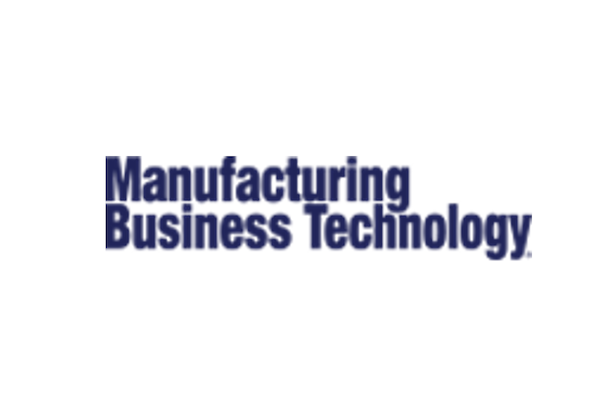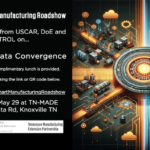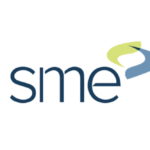Lost sales, lawsuits, reputational damage, and compliance penalty costs can all be avoided with a very basic approach to supply chain visibility.
The wholesome food you eat has an ominous twin: it’s the toxic food you shouldn’t eat. And there’s a lot of it.
In 2019, for example, the USDA recalled over 10,000 tons of food products that were potentially dangerous to consumers. The U.S. Food and Drug Administration and the U.S. Department of Agriculture issued a total of 337 food recalls in 2019 – almost one a day – and that number has been edging up every year.
Food contamination is serious business. In 2006, for example, more than 200 consumers in 26 states got sick and five people died just from eating contaminated spinach. And that’s only one small example. CDC estimates that 48 million people get sick, 128,000 are hospitalized, and 3,000 die from foodborne diseases every year in the United States1.
Food contamination can be tremendously costly to companies, averaging $10 million per incident. That amount typically includes direct costs such as halting production as well as alerting regulatory authorities, suppliers, and consumers. But it also includes removing and destroying contaminated products from the distribution chain in addition to identifying and then fixing the source of the problem itself. Beyond that, there’s lost sales income, insurance impacts, lawsuits, reputational damage, and compliance penalty costs.






